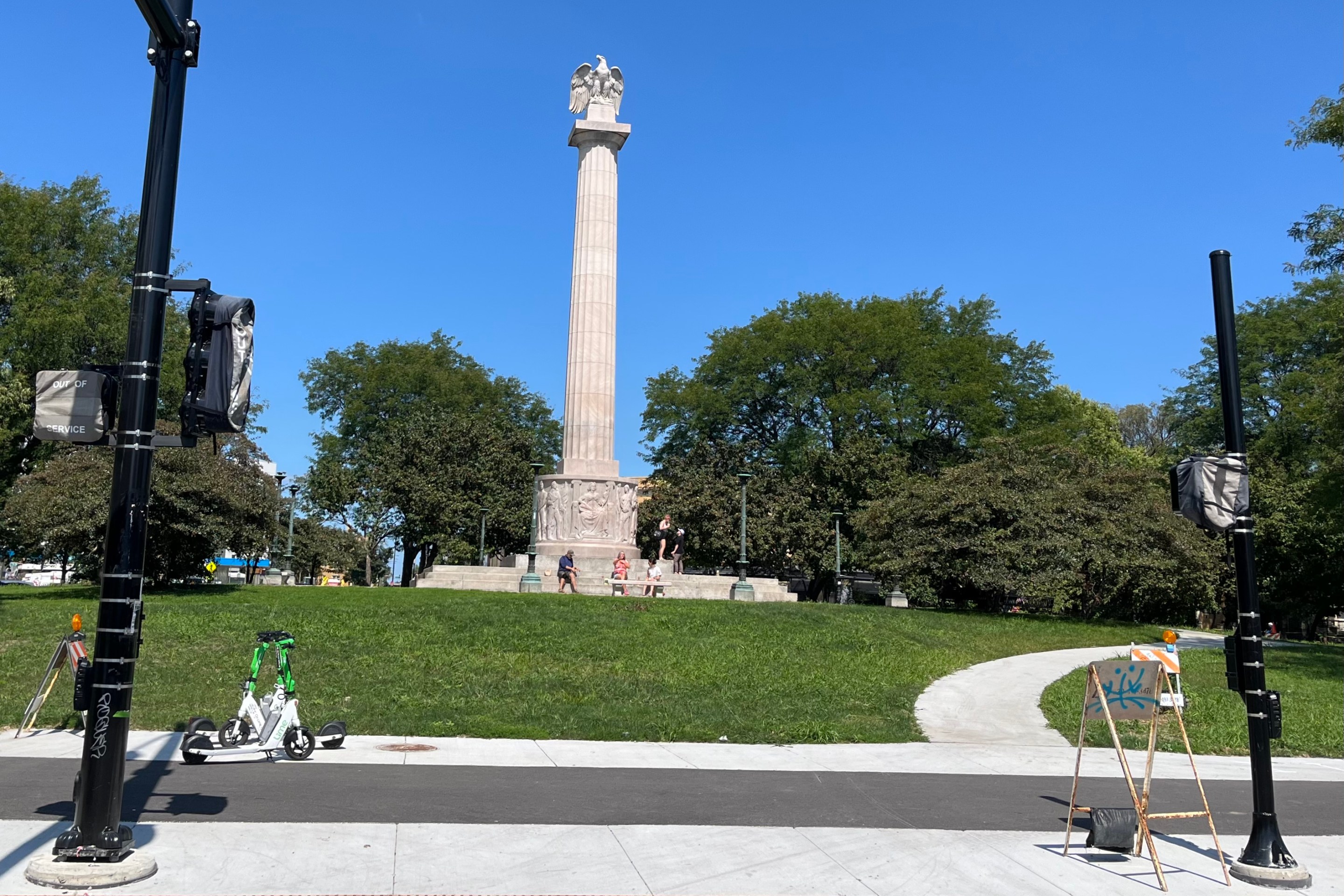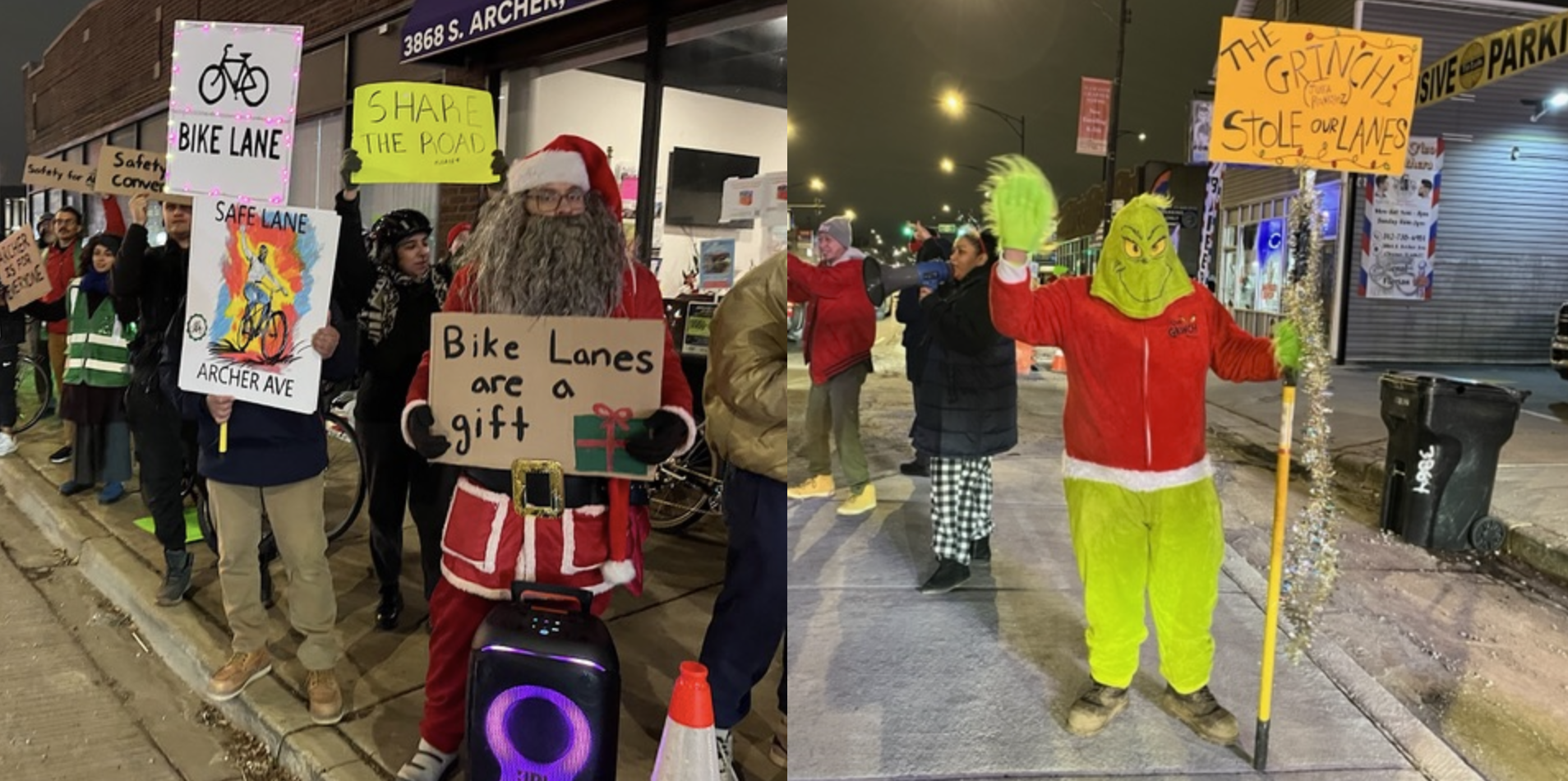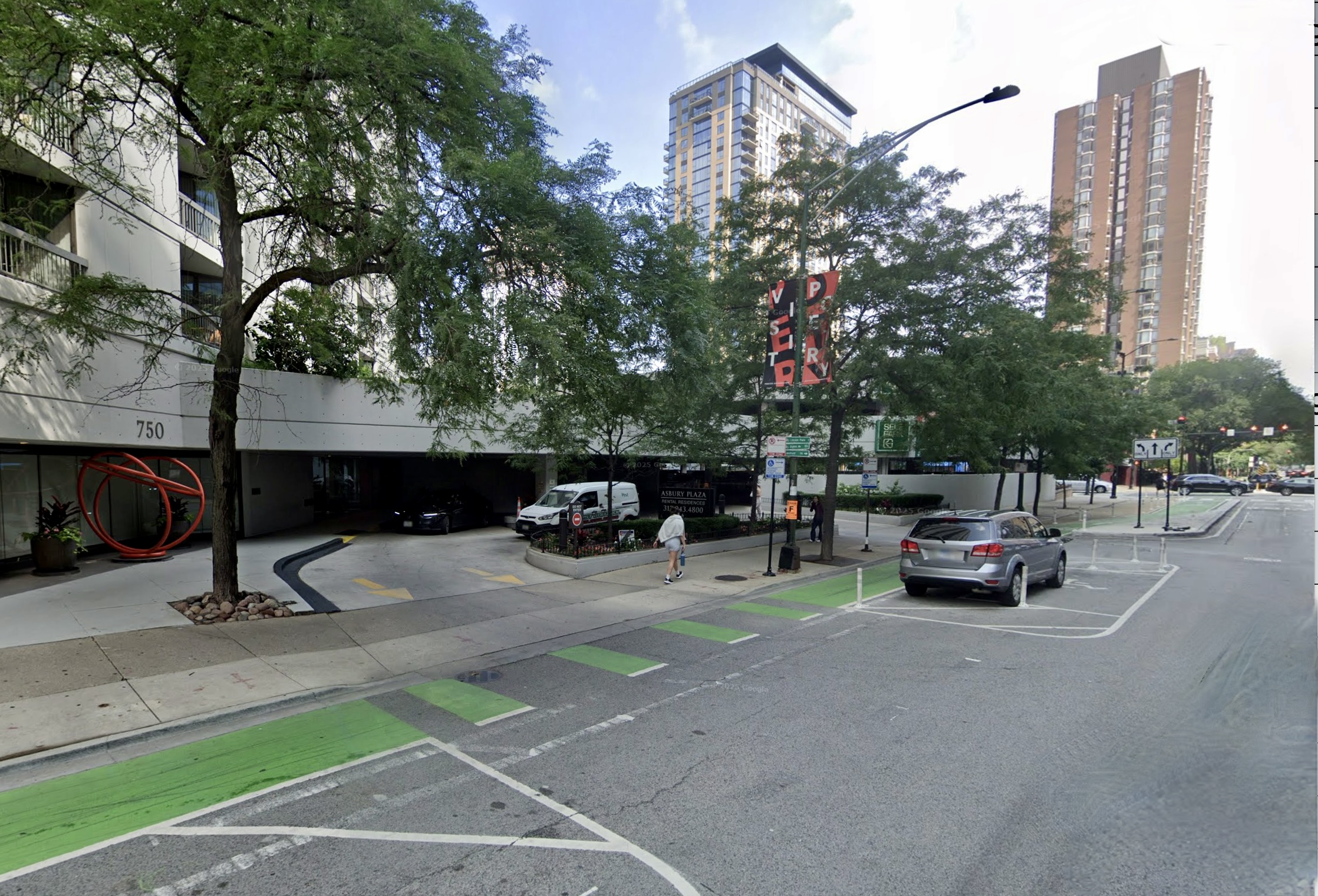
In a blog post last Thursday, the Regional Transportation Authority, which oversees the three local transit agencies, once again sounded the alarm that a $771 million total fiscal transit cliff is approaching next year if action is not taken now.
The RTA said there's an "urgent need for [State] legislators to enable a funding and reform solution by May 31st to avoid devastating service cuts." They added that if the Illinois General Assembly is willing to invest $1.5 billion to upgrade the three transit systems, that "would cut wait times by up to 50 percent and increase efficiency and accountability through an empowered RTA, allowing CTA, Metra, and Pace to focus exclusively on delivering high-quality service."
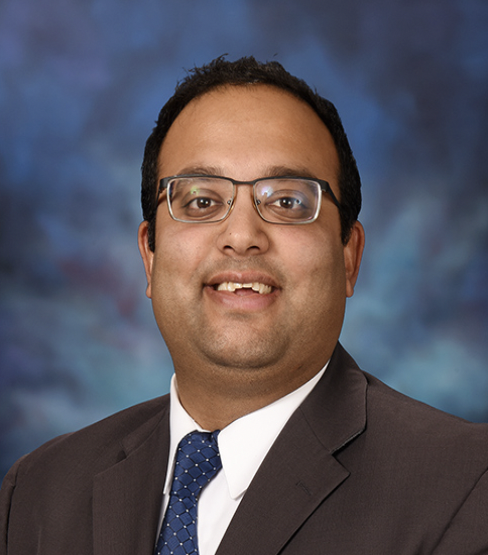
There may be a light at the end of the subway tunnel. Last Friday, Illinois State Senate Transportation Committee Chair Ram Villivalam (D-8th) told Streetsblog he is confident the Illinois General Assembly can pass a $1.5 billion funding bill by the end of the month. He said the legislation would also include reform of the existing transit governance structure, which includes four agencies with four chiefs, and a total of 47 board members. He added that the details are still being negotiated.
The General Assembly has been considering two different bills. One would consolidate the RTA, CTA, Metra, and Pace into a single Metropolitan Mobility Authority. The second, dubbed United We Move, is backed by transit labor unions that is something of a compromise between the MMA Act and more conservative reforms the RTA proposed in January. United We Move would increase RTA’s oversight power, giving it more say over fares and regional planning, and give the unions seats on all four transit boards.
Sen. Villivalam, who sponsored both bills, said legislators are still negotiating which model the final legislation will follow.
The RTA's aforementioned blog post discussed yet another reform proposal, which would give the umbrella agency even more power than its January pitch. Sen. Villivalam did not comment on this new RTA proposal other than acknowledging that the bureau doesn't currently have sufficient clout to provide meaningful oversight. A lot of that toothlessness is due to the RTA Act of 1983, which cleaved what are now Metra and Pace into separate agencies, and moved the CTA under the RTA aegis.
The RTA’s latest proposal
The new scheme carries over some features of the January plan, just with firmer language, but there are some additions. The RTA would be responsible for setting fares, and reduced fares for low-income riders, which Metra is currently trying via the Access Pilot Program, would apply to CTA and Pace as well by 2027. The RTA would be responsible for creating a unified regional fare payment system by February 1, 2029. While all three systems currently use the Ventra app, Metra tickets are in a separate part of the app, and physical Ventra cards can’t be used to pay Metra fares.
In a notable change, the RTA would cap the total cost of multiple trips taken during a single day, week, or month at the price of the respective pass. For example, CTA riders would never have to pay more than $5 a day (the equivalent of two 'L' trips), $20 a week (the equivalent of eight 'L' trips), or $75 for 30 days (the equivalent of one 'L' trip per day).
The Fare Recovery Ratio is a State law mandate that the CTA, Metra, and Pace provide in a least half of the revenue for their operating expenses through fares and other income sources such ad sales. Under the RTA's new plan, that requirement would be reduced to 20 percent of their budgets.
Under the proposal, the RTA would become responsible for handling real-time arrival information for all three agencies. As it stands, the CTA, Metra and Pace mostly handle that separately – information displays at a few transit hubs served by both CTA and Pace bus routes exceptions to this general rule.
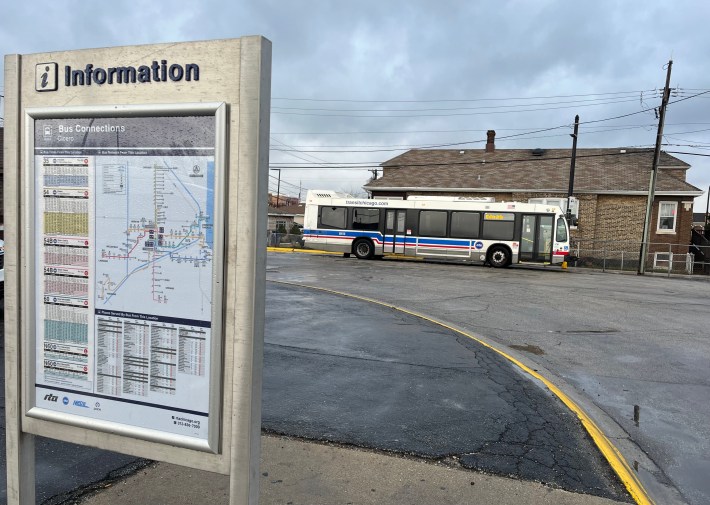
The RTA would also be responsible for improving CTA and Pace bus speeds region-wide, including developing plans for some form of bus rapid transit or faster bus corridors. That's something that the CTA and Pace are currently doing separately. The umbrella agency would generally take over capital project planning for all three systems. The RTA would also be responsible for setting service standards, and would have the power to withhold some funding if agencies don’t meet those guidelines.
Under the latest RTA proposal, the CTA and Pace, which, unlike Metra, don’t have their own police forces, would be required to create transit ambassador programs. According to the text of the new plan, these unarmed outreach professionals would "ensure the safety of transit system passengers and personnel, provide assistance to passengers, and promote compliance with system rules and governing laws."
Finally, the proposal would make the RTA the lead agency on any transit-orientated development around rail stations and bus stops.
Where transit bills stand
Sen. Villivalam told Streetsblog that, in the two years his committee has been discussing solutions to the impending fiscal cliff, the legislative priorities have remained the same. Their rule has been "no funding without reform," and without making Chicagoland transit safer, more accessible, and fiscally sound, "not just for the next year or the year after, but for the decades to come."
"What we're going through in terms of negotiations is continuing the principle of no funding without reform," he said. "We’re going to make sure that [the MMA or a stronger RTA] makes decisions on fare policy, on capital planning, on service planning, on issues like safety."
While a recent Capital News Illinois report suggested that legislators were leaning toward keeping the four-board structure with a stronger RTA, Sen. Villivalam said that they "have not landed on one structure or another."
He added that the goal is not just to fill the budget hole with $771 million, but to almost double that number to $1.5 billion to improve the regional transit system. Sen. Villivalam noted that this isn't just some number the RTA pulled out of a hat. It's in line with the Chicago Metropolitan Agency for Planning’s recommendations, which transit advocacy groups endorsed.
That said, he believes that the RTA hasn’t done enough to cut expenses and increase efficiencies in the regional transit system. He noted that the when the agency previously said $113.2 million could be saved, that includes $50 million could be generated through across-the-board 10 percent care increases. "If you look at their numbers, it’s really [closer to] $63 million," he said.
Sen. Villavalam added that any State legislation would need to include mechanisms to hold the agencies, or the consolidated MMA, accountable for how money is spent.
Asked about latest RTA proposal, Villivalam said that his committee looked at several proposals, and that there is general consensus in the General Assembly that the RTA "hasn’t been doing its job as an oversight agency."
Does he think the General Assembly have enough time to sort out the issues and pass the funding and reform bill before the General Assembly’s spring session ends May 31. "Yes, I do," Sen. Villivalam responded.

Let's keep our finger's crossed that he's right. If the Legislature doesn't come through with the funding, the predicted result would be nearly 3,000 transit jobs lost, and upwards of 40 percent less train and bus service, i.e. a heck of a lot more cars on Chicagoland roads. That would be downright nightmarish.

Did you appreciate this post? Streetsblog Chicago is currently fundraising to help cover our 2025-26 budget. If you appreciate our reporting and advocacy on local sustainable transportation issues, please consider making a tax-deductible donation here. Thank you!

